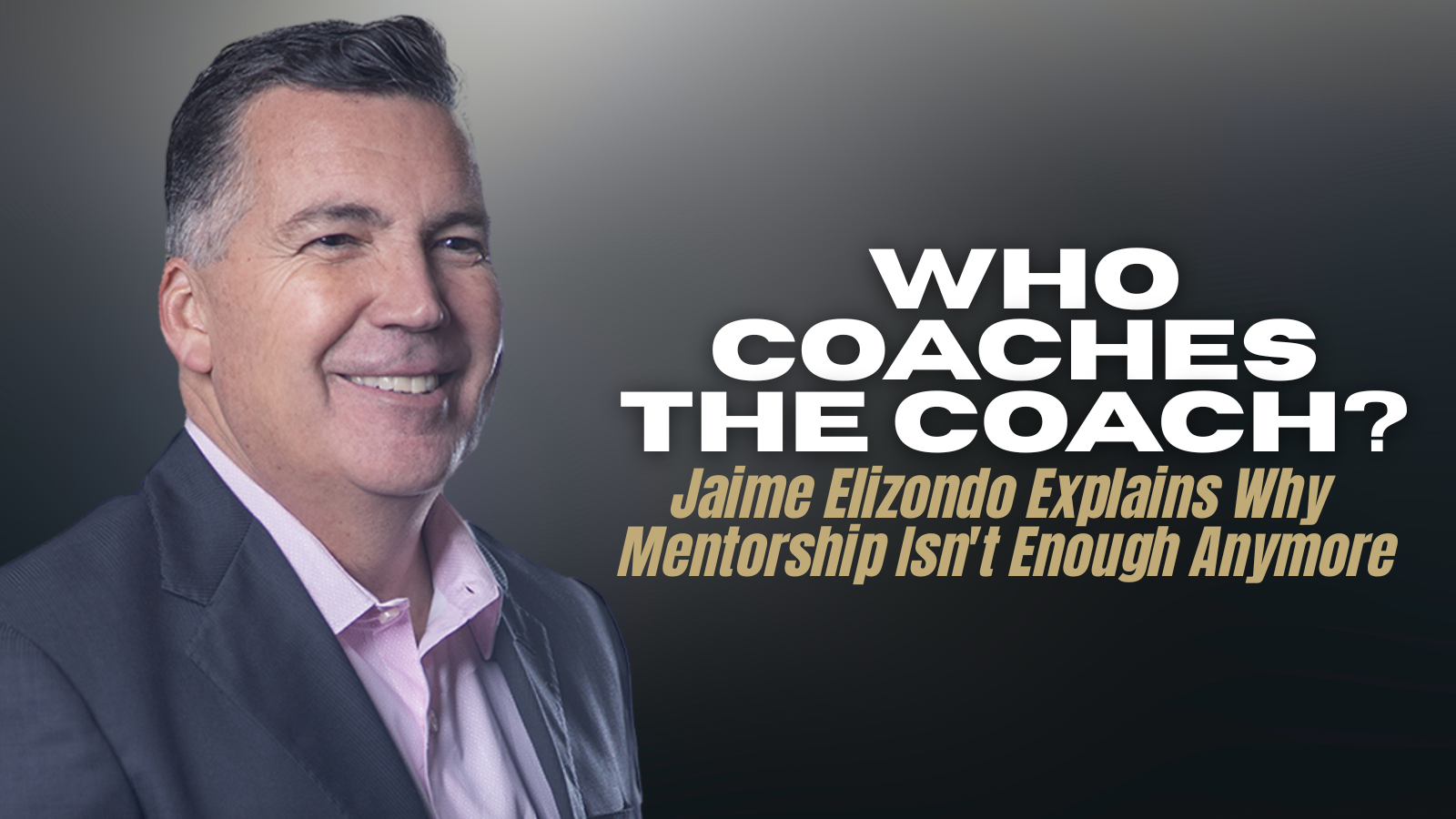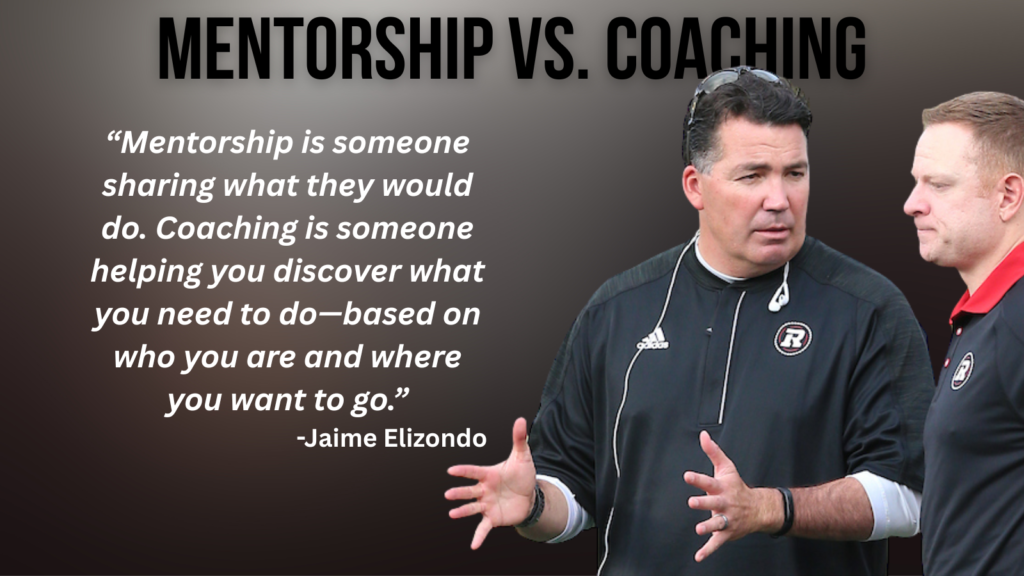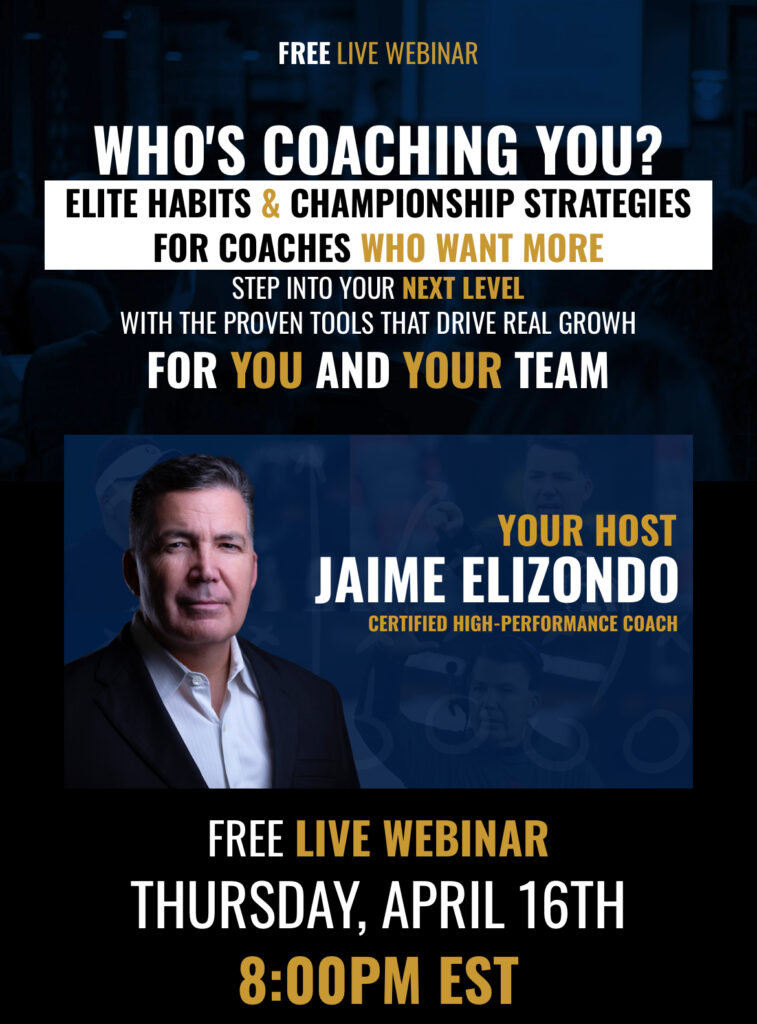
By Keith Grabowski
“Who’s coaching the coach?”
That question landed like a hit you didn’t see coming. Jaime Elizondo asked it during our conversation, and I haven’t stopped thinking about it since. Not because it was a clever turn of phrase—but because it was uncomfortably true.
The feeling is familiar if you’ve been in this profession long enough. Coming up through the ranks, you’re surrounded by mentors—position coaches, coordinators, maybe a head coach who took you under his wing. Along the way, you soak up their wisdom, mimic their tone, and adopt their habits. You observe how they handle pressure, build a staff, and hold players accountable.
But then one day, you’re in the big chair. You’re the one everyone turns to for answers. And suddenly, the mentoring stops.
You’re supposed to have it all together. And even if you don’t—you better act like you do.
“That’s where coaches get stuck,” Jaime said. “Once they reach that top seat, the mentoring disappears. But that’s when the real coaching should begin.”
Jaime’s not speaking in theory. He spent time in the NFL and CFL and made the decisions and shouldered the criticism. He knows what it’s like to feel the weight of the whistle—and the silence that often comes with it.
Now, through his work as a Certified High-Performance Coach, he sees the same pattern repeating over and over again.
Mentorship Can’t Reach the Real Stuff
Here’s the difference Jaime draws, and it needs to be said out loud with our peers:
“Mentorship is someone sharing what they would do. Coaching is someone helping you discover what you need to do—based on who you are and where you want to go.”
As a result, that hit home for me.
For example, a mentor might show you how to organize a practice script. A coach asks why you’re still struggling with delegation five years into a head job. A mentor might explain how they dealt with a bad loss. He digs into why you can’t let go of that one call from three weeks ago.
Ultimately, there’s a vast difference between advice and transformation. One makes you feel good. The other helps you grow.

The Inner Game Is Where It Breaks
We love to talk about “grind” in football. But let’s be honest—the grind is often just code for I’m overwhelmed, but I don’t feel like I can slow down.
That’s not a strategy. That’s survival.
“Most of the breakdowns I see with coaches aren’t about football IQ,” Jaime told me. “It’s mindset. Energy. Identity. They don’t burn out from the game—they burn out because they never learned to manage the weight that comes with it.”
For instance, think about that. We wouldn’t let a quarterback play an entire season without watching tape on himself. However, we’ve got head coaches who haven’t looked inward in years. They’re leading staffs, developing players, recruiting families—and no one’s asking them how they are wired, how they make decisions under pressure, how they show up when things unravel.
In other words, it’s like trying to run a new offense on a corrupted hard drive.
More importantly, here’s the quiet truth: most know they need something deeper but don’t know where to go for it. Or worse, they’ve convinced themselves it’s a luxury they don’t have time for.
Structure > Motivation
In truth, real growth happens when you take your own development seriously—not just as a coach but as a human being.
That means:
- Reset your focus weekly by using a system—not just willpower
- Track your energy like you track your players’ film reps
- Then, build habits that serve you—not just your program
- Most importantly, seek feedback from someone who isn’t afraid to challenge you
“Coaches don’t need hype,” Jaime said. “They need structure. They need someone to help them win the day, not just survive the season.”
Clearly, he’s not wrong. We’ve all seen brilliant football minds flame out. Not because they couldn’t call plays—but because they lost their edge, confidence, and ability to see clearly.
Coaching doesn’t just require toughness—it requires clarity. And clarity doesn’t happen by accident.
Coaching the Coach Isn’t a Luxury—It’s a Lifeline
Let’s drop the act. This is hard—at every level. And the higher you go, the fewer people you have to talk to. Eventually, players graduate. Staff members change. ADs move on. But your thoughts? Your habits? Your self-doubt? They follow you from season to season.
After all, we can’t keep pretending that clinic talks and motivational tweets are enough. They have their place—but they don’t replace real, sustained growth.
“We tell players to visualize success,” Jaime said. “When’s the last time you did that as a coach?”
That question still sits with me. Because the truth is, we’re all one hard season away from being completely drained—and one honest conversation away from changing everything.
We coach everyone else. But we rarely experience coaching the coach. That’s the gap—and it’s time we close it.
The Coaches Locker Room

Elite Habits & Championship Strategies for those Who Want More
📅 Wednesday, April 16 🕗 8:00 PM ET
This webinar is the launch of The Coach’s Locker Room, a space designed to help you grow personally and professionally, develop high-performance habits, and build a powerful community of coaches who are chasing something bigger. We’ll talk strategy, growth, mindset, and how to bridge the gap between potential and elite performance.
Related:
Jaime Elizondo: Mid-Season Practice & Game Planning Considerations


